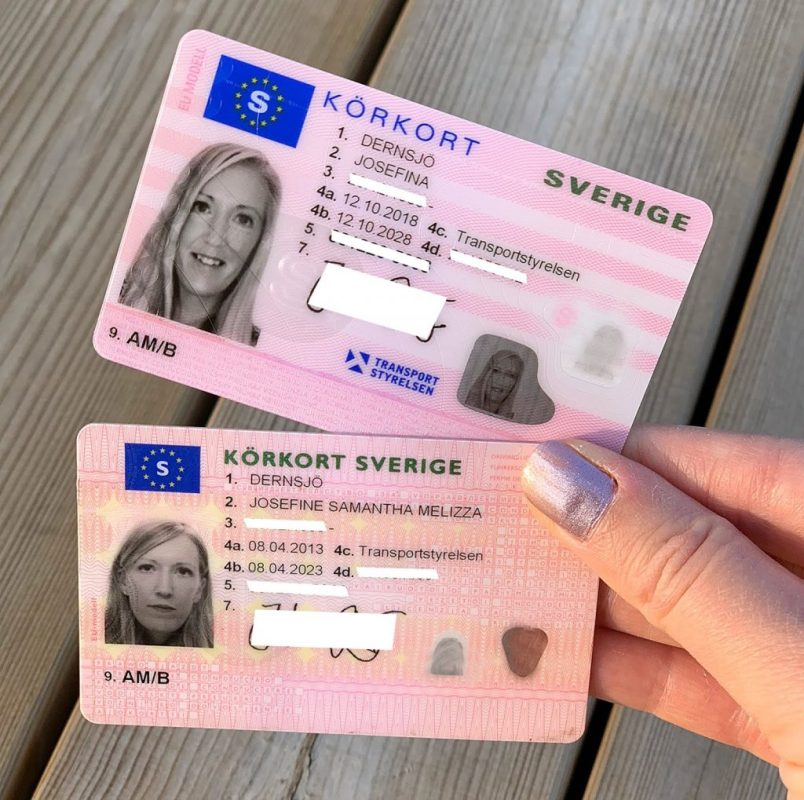Understanding the Driving License: A Comprehensive Guide
A driving license is an essential document for people who wish to operate an automobile legally. This guide intends to supply an extensive understanding of the driving license, including its types, requirements, application processes, and the significance it keeps in today's fast-paced society.
What is a Driving License?
A driving license is a government-issued file that authorizes a specific to drive an automobile on public roadways. This license is essential not just for adherence to the law but also as a step of proficiency to ensure that drivers possess the essential abilities to run a car safely.
Types of Driving Licenses
Driving licenses differ by jurisdiction, and they can be categorized into several types. Here's a breakdown:
| License Type | Description |
|---|---|
| Learner's Permit | A provisional license enabling brand-new drivers to practice under specific conditions. |
| Complete License | A basic driver's license permitting the holder to run most types of lorries without restrictions. |
| Industrial License | Necessary for individuals wanting to operate commercial trucks or buses. |
| Bike License | Specifically designated for running motorcycles and motorcycles. |
| International Permit | Allows individuals to drive in foreign countries, provided they have a valid national license. |
Why is a Driving License Important?
Holding a legitimate driving license has several advantages:
- Legal Requirement: It is a legal requirement to drive on public roadways.
- Safety Assurance: A driving license ensures that the driver has actually undergone required training and evaluations to operate a car securely.
- Identification: It acts as a main type of recognition, frequently required for different services.
- Insurance Compliance: Many automobile insurer require valid driving licenses as one of the conditions for providing a policy.
- Work Opportunities: Certain tasks need workers to have a legitimate driving license, especially those including transport.
How to Obtain a Driving License
The process of getting a driving license generally involves several steps, which can vary by region. Below is a basic overview of the steps to follow:
- Eligibility Check: Most jurisdictions have age and residency requirements.
- Composed Test: Applicants typically should pass a written exam covering the rules of the road.
- Vision Test: A vision evaluation might be needed to guarantee the candidate can see well sufficient to drive safely.
- Practical Driving Test: New chauffeurs need to show their driving abilities in a dry run.
- Application Submission: Complete the required forms and submit the essential paperwork, consisting of proof of identity and residency.
- Payment of Fees: Pay any involved costs for the application process.
- Waiting Period: Some areas have a probationary duration throughout which a student's license should be held before a full license is released.
Common Requirements for Application
- Evidence of identity (e.g., birth certificate, passport)
- Social Security number or comparable recognition
- Evidence of residency (e.g., utility costs, rental contracts)
- Completion of a motorist's education course (if applicable)
Tables: A Comparative Look at Driving License Categories
The following table highlights distinctions in requirements and features of numerous kinds of driving licenses:
| Type of License | Age Requirement | Testing Requirements | Limitations |
|---|---|---|---|
| Student's Permit | Varies, typically 15-16 | Composed, vision | Requires a licensed grownup in the car |
| Full License | Normally 18+ | Written, vision, useful | None (unless specific recommendations use) |
| Commercial License | Generally 18+ | Written, vision, practical, additional tests | Restricted to commercial automobiles just |
| Bike License | Varies, normally 16 | Written, vision, useful | Normally limited to motorcycles just |
| International Permit | 18+ | Valid nationwide license required | Legitimate in countries that recognize it |
FAQs About Driving Licenses
1. The length of time does it take to get a driving license?
The timeline differs by area and specific scenarios, however an uncomplicated procedure that includes taking a course and finishing tests might take a number of weeks to a few months.
2. What should I do if I lose my driving license?
In case of loss, report the event to regional authorities and obtain a replacement through the pertinent automobile department.
3. Can I utilize an international driving permit in my home country?
The majority of nations need a valid national license, and an international driving license is meant for usage abroad. Constantly inspect regional laws.
4. Are there specific laws for motorists under 18?
Yes, lots of locations have actually finished licensing laws that enforce limitations on more youthful chauffeurs, such as passenger limits and nighttime curfews.
5. What happens if I get caught driving without a license?
Driving without a legitimate license can lead to fines, vehicle impoundment, and even legal charges, depending upon local laws.
In conclusion, getting a driving license is a substantial turning point for numerous individuals. It entails a structured procedure developed to guarantee safety and legality on the roadways. Understanding link home , value, and application procedures can empower prospective chauffeurs to navigate their licensing journey with confidence. Whether for individual usage or professional purposes, a driving license is a valuable property in the modern world.

